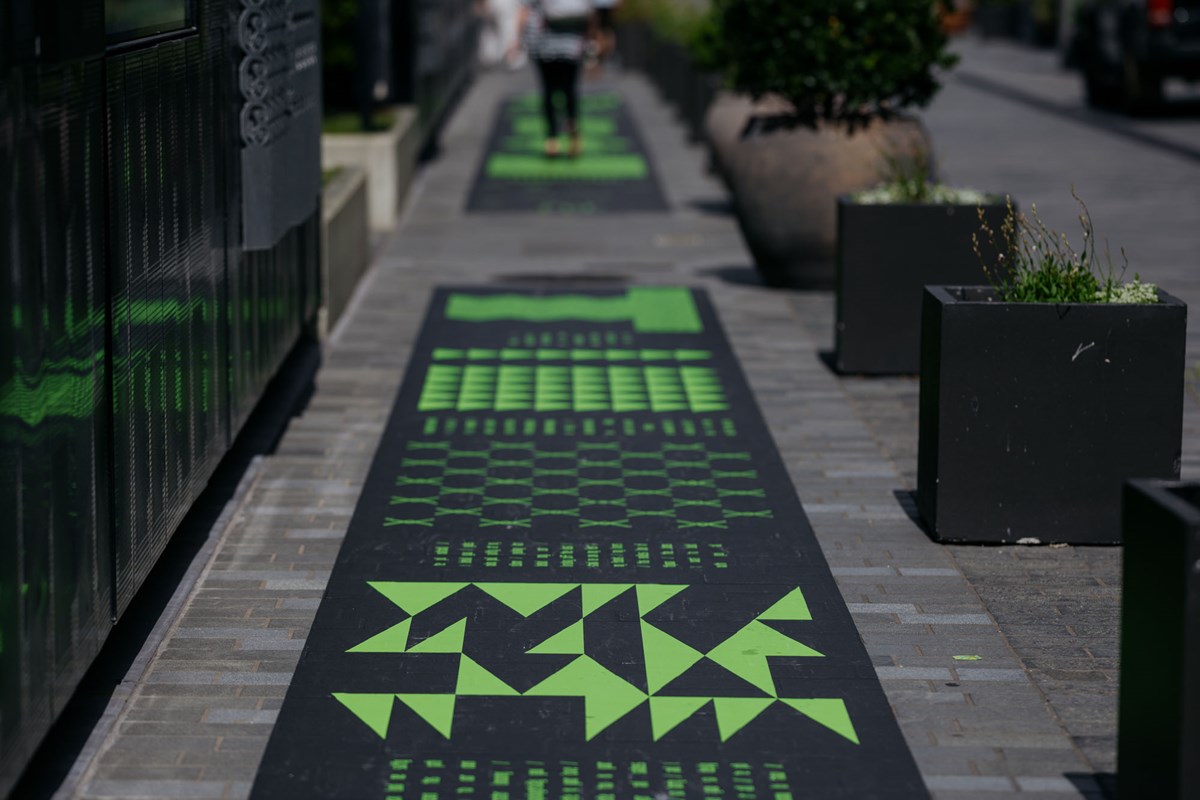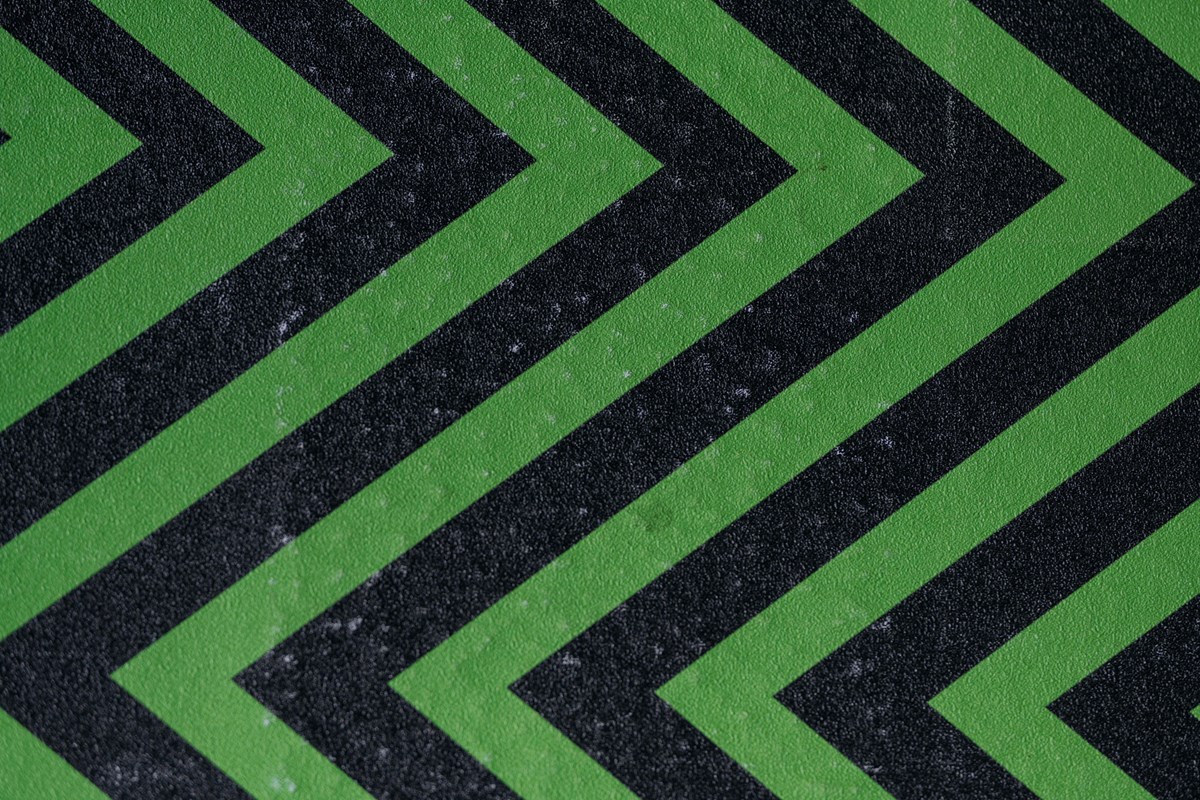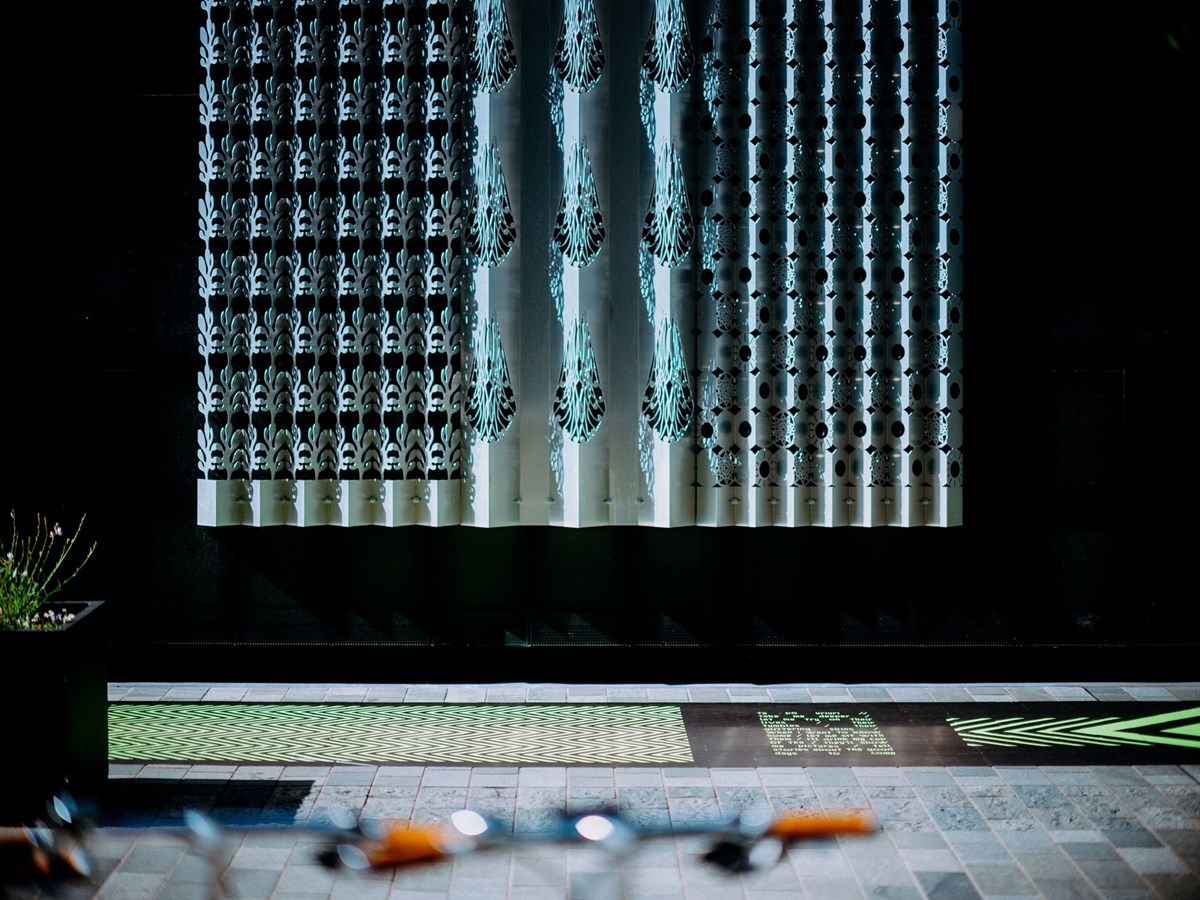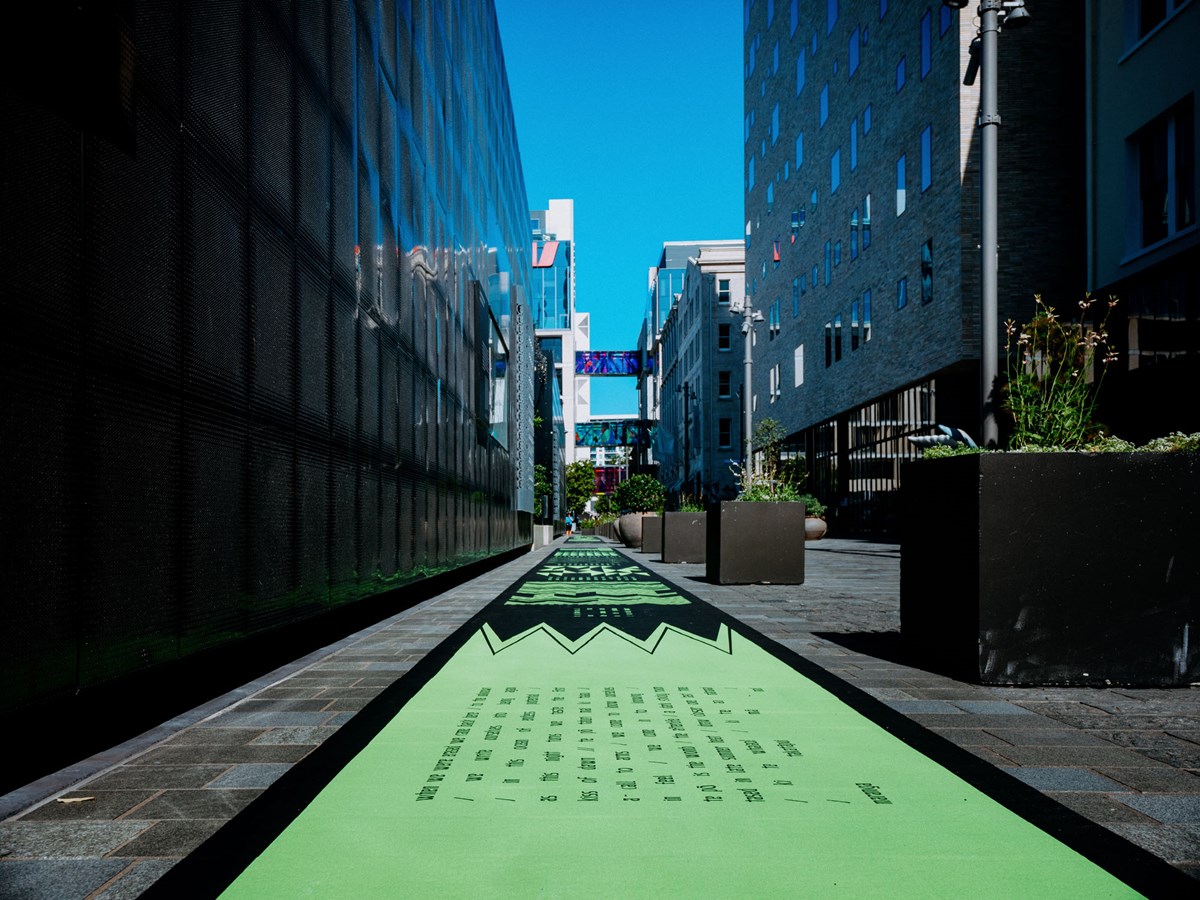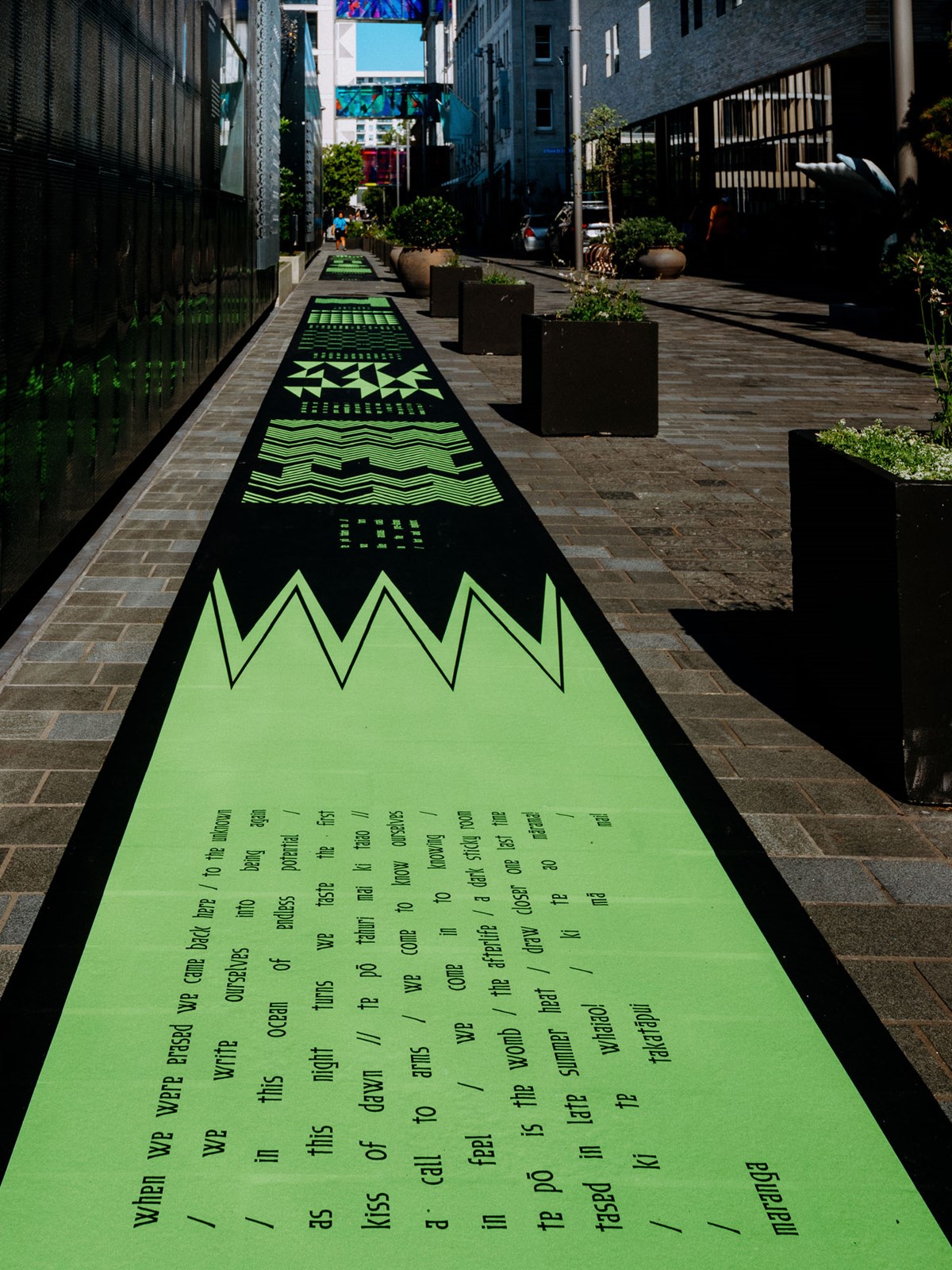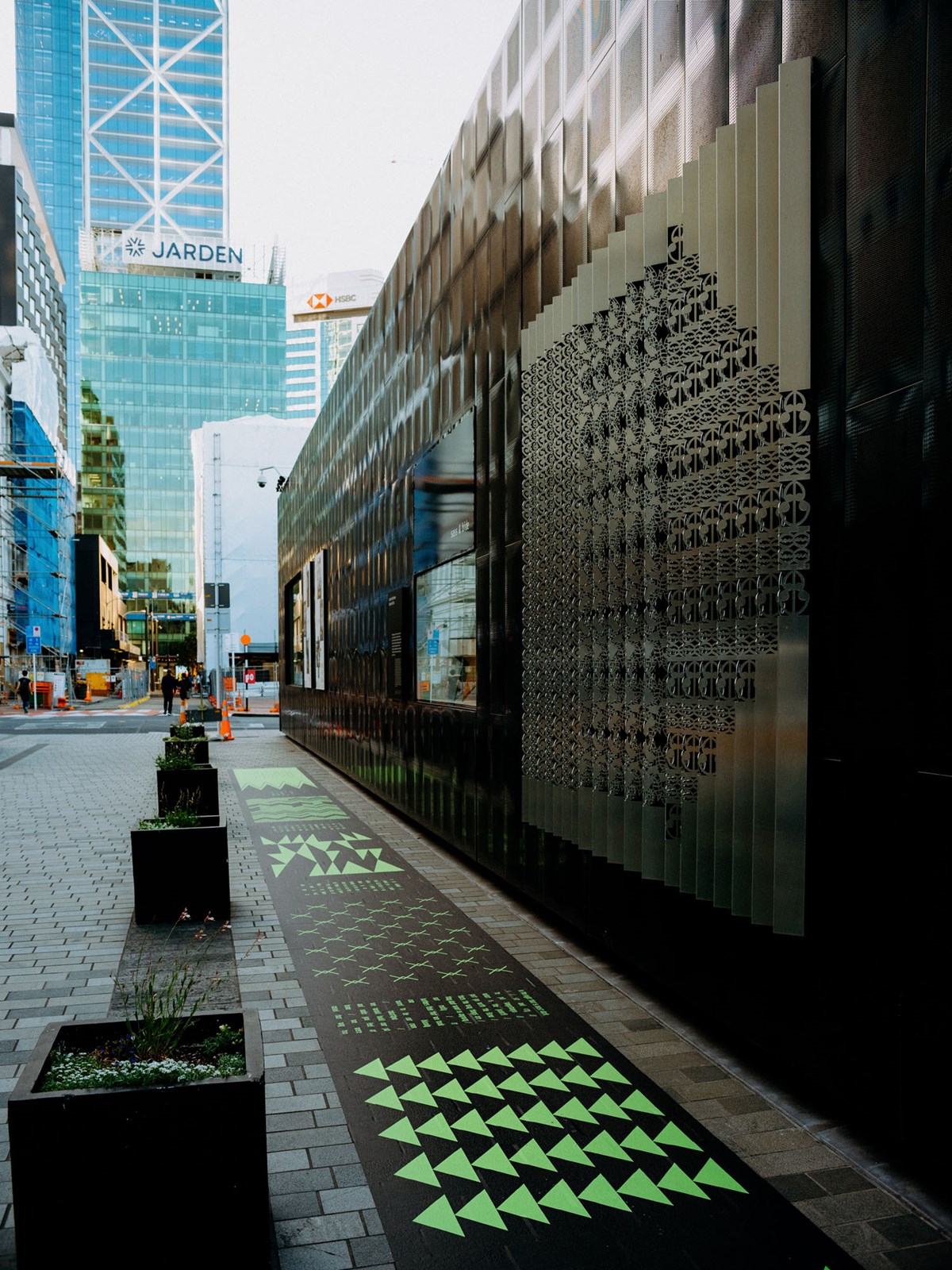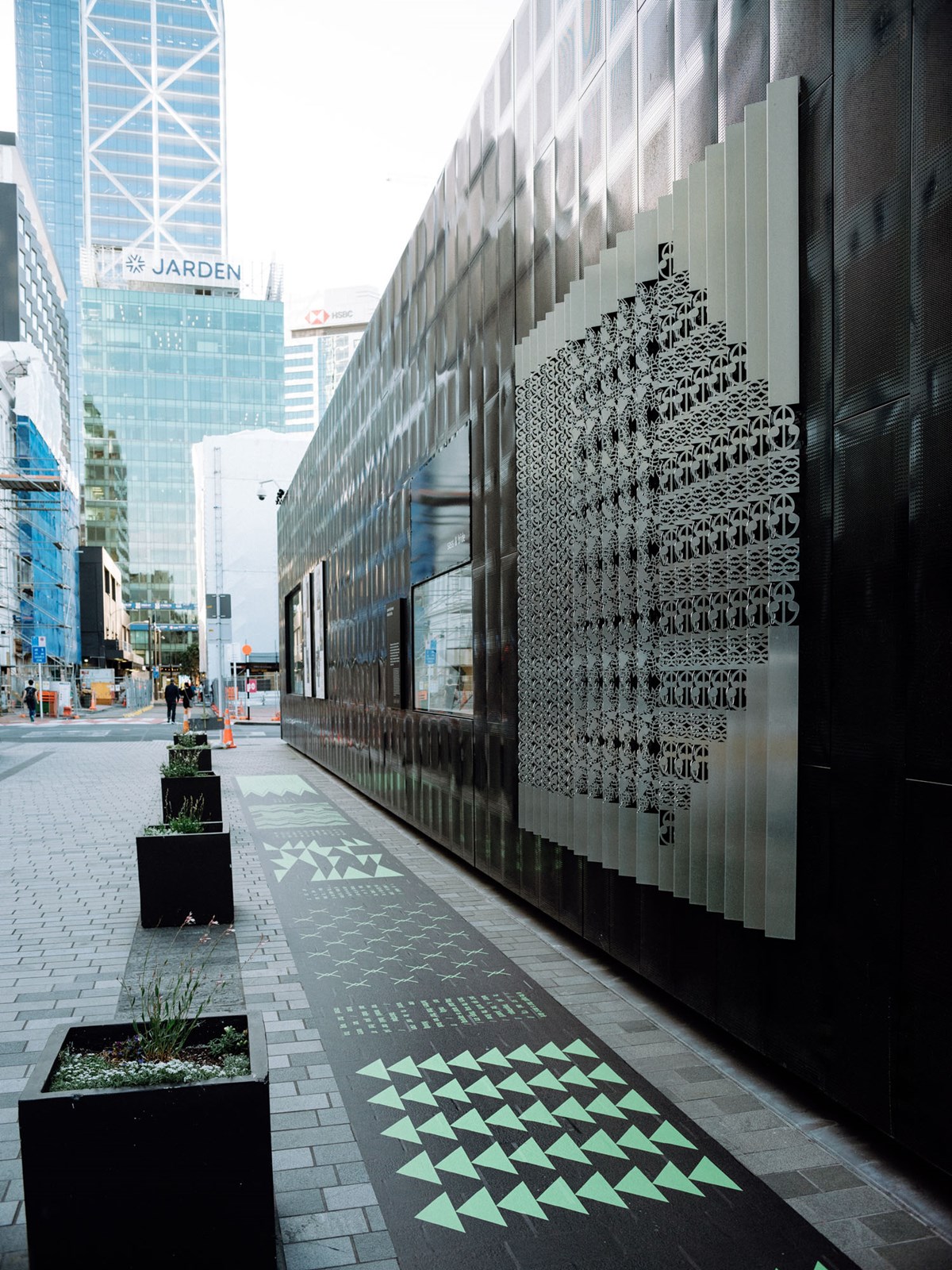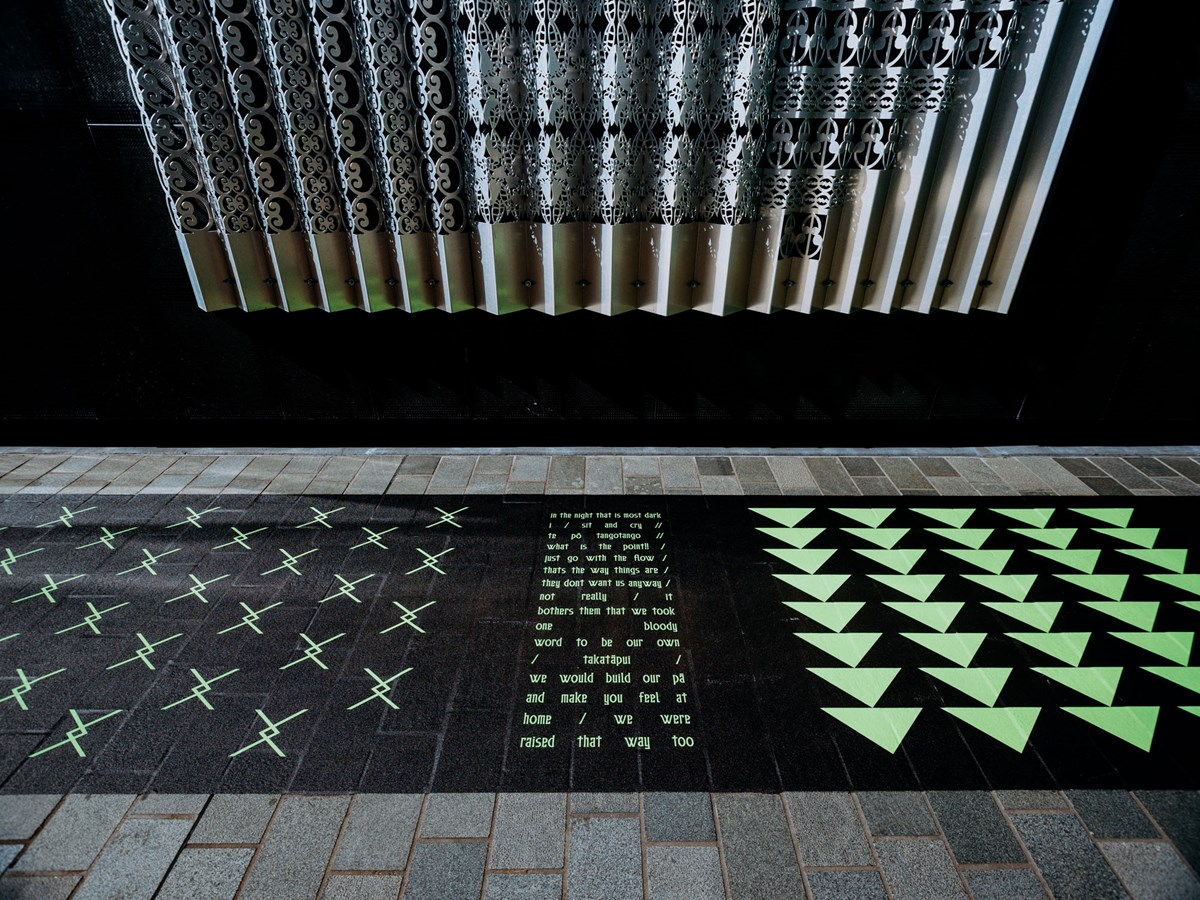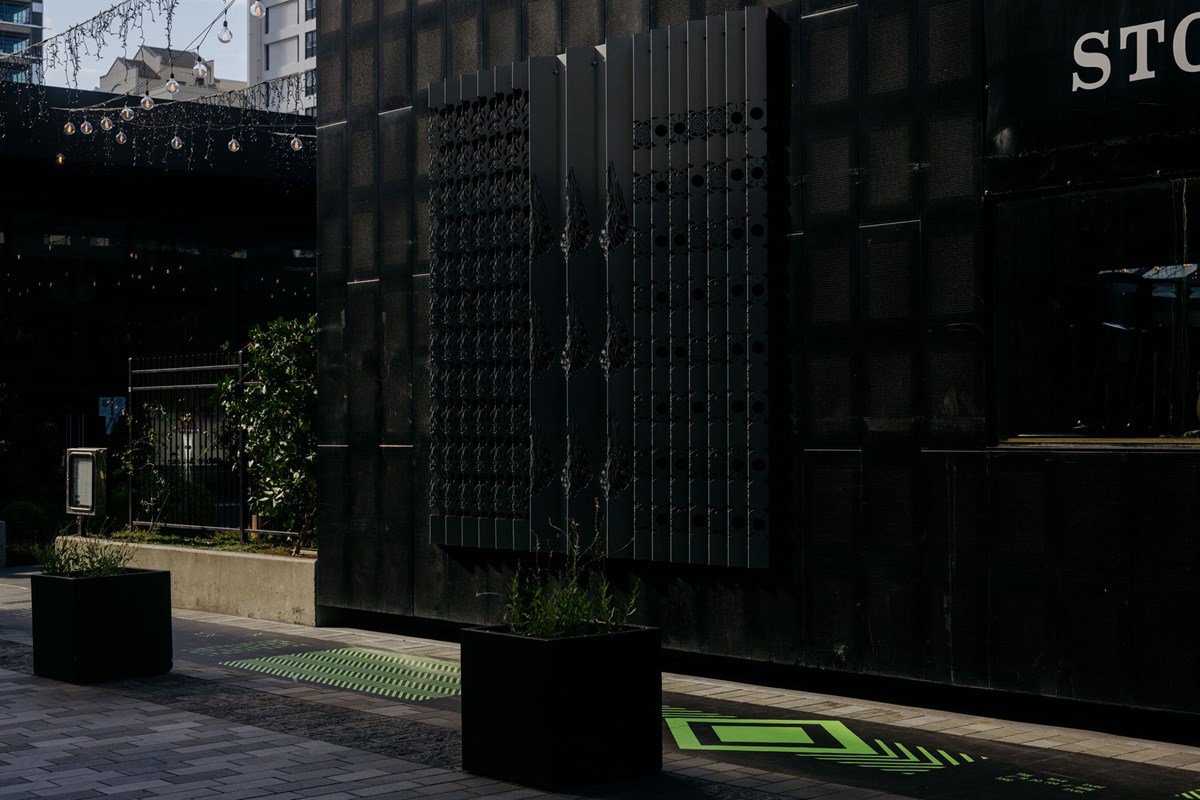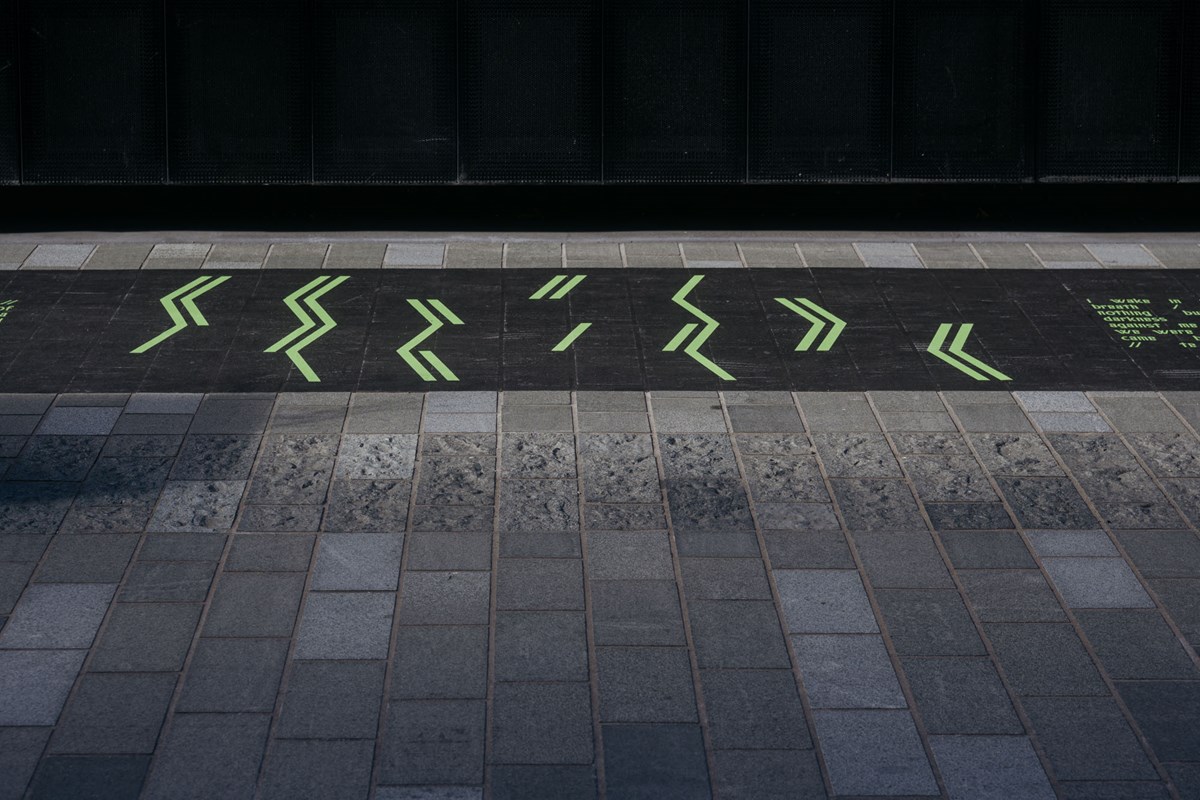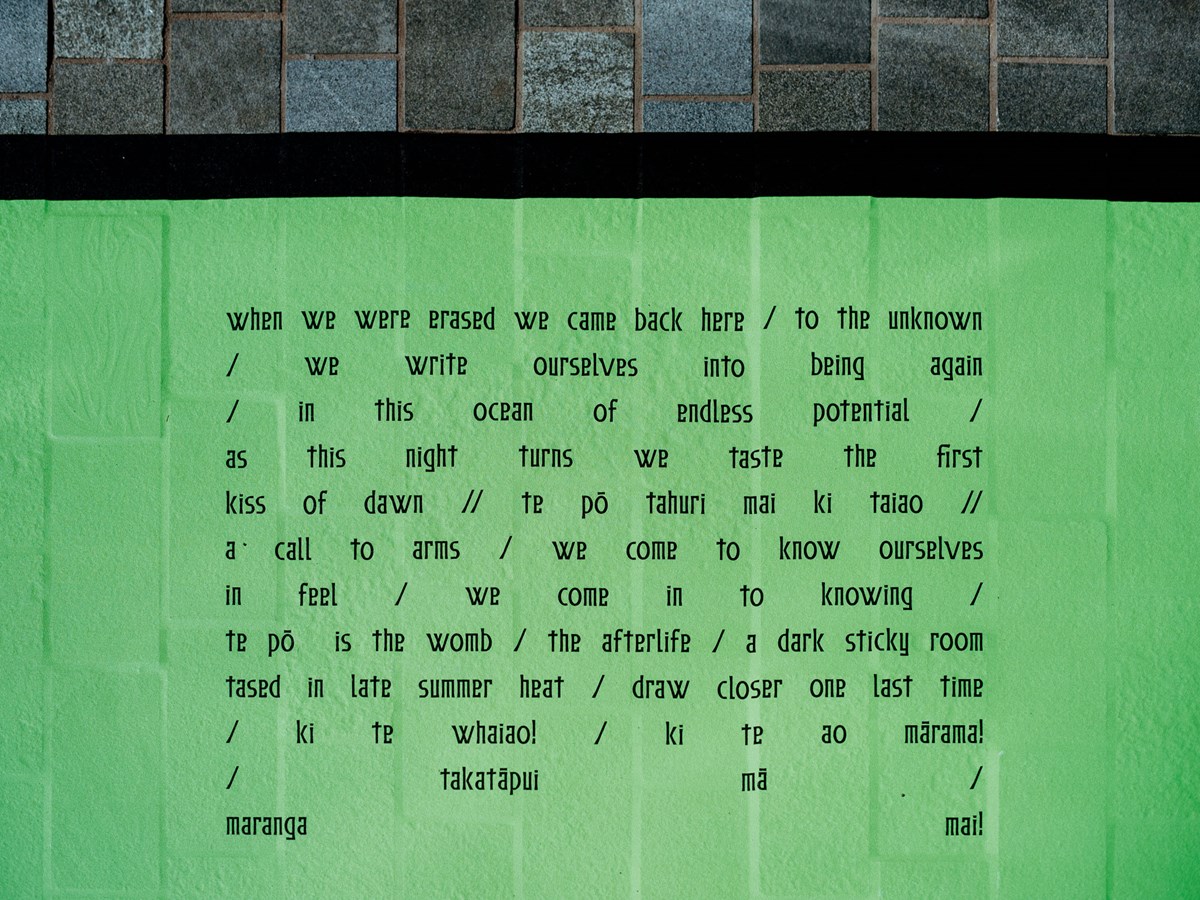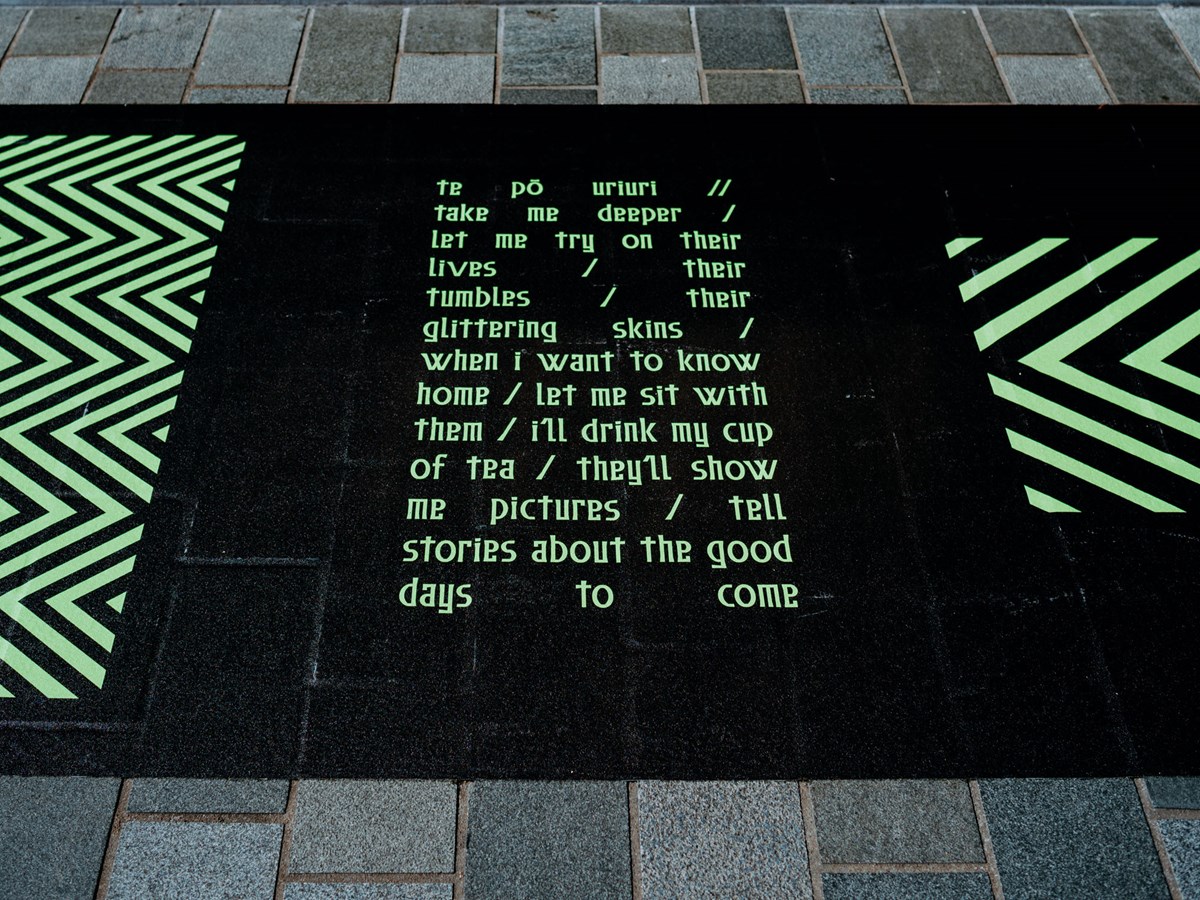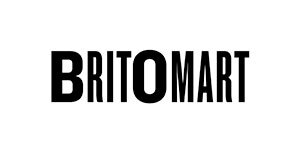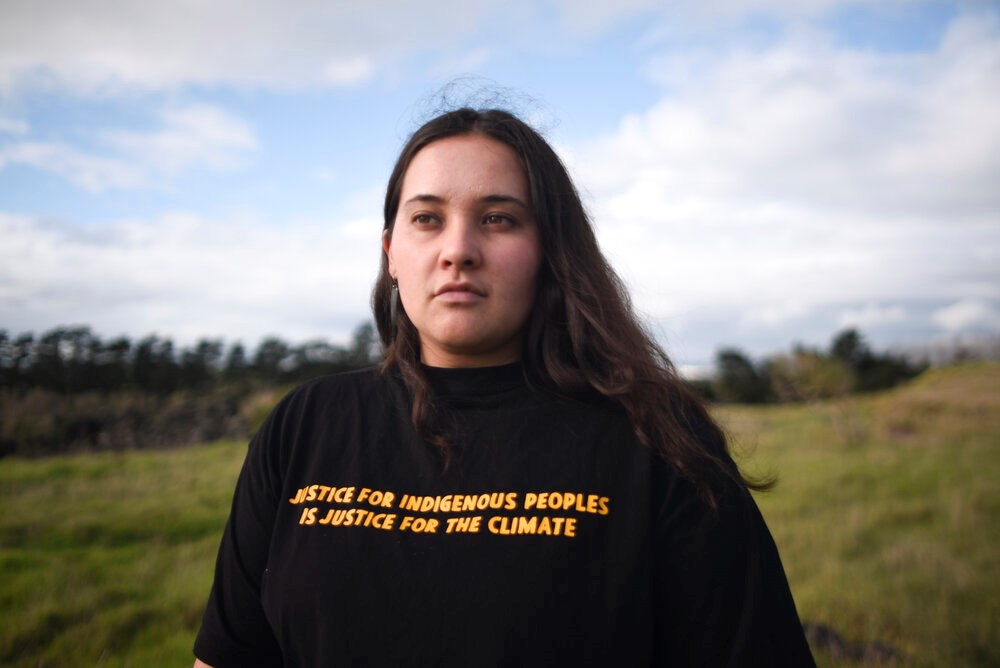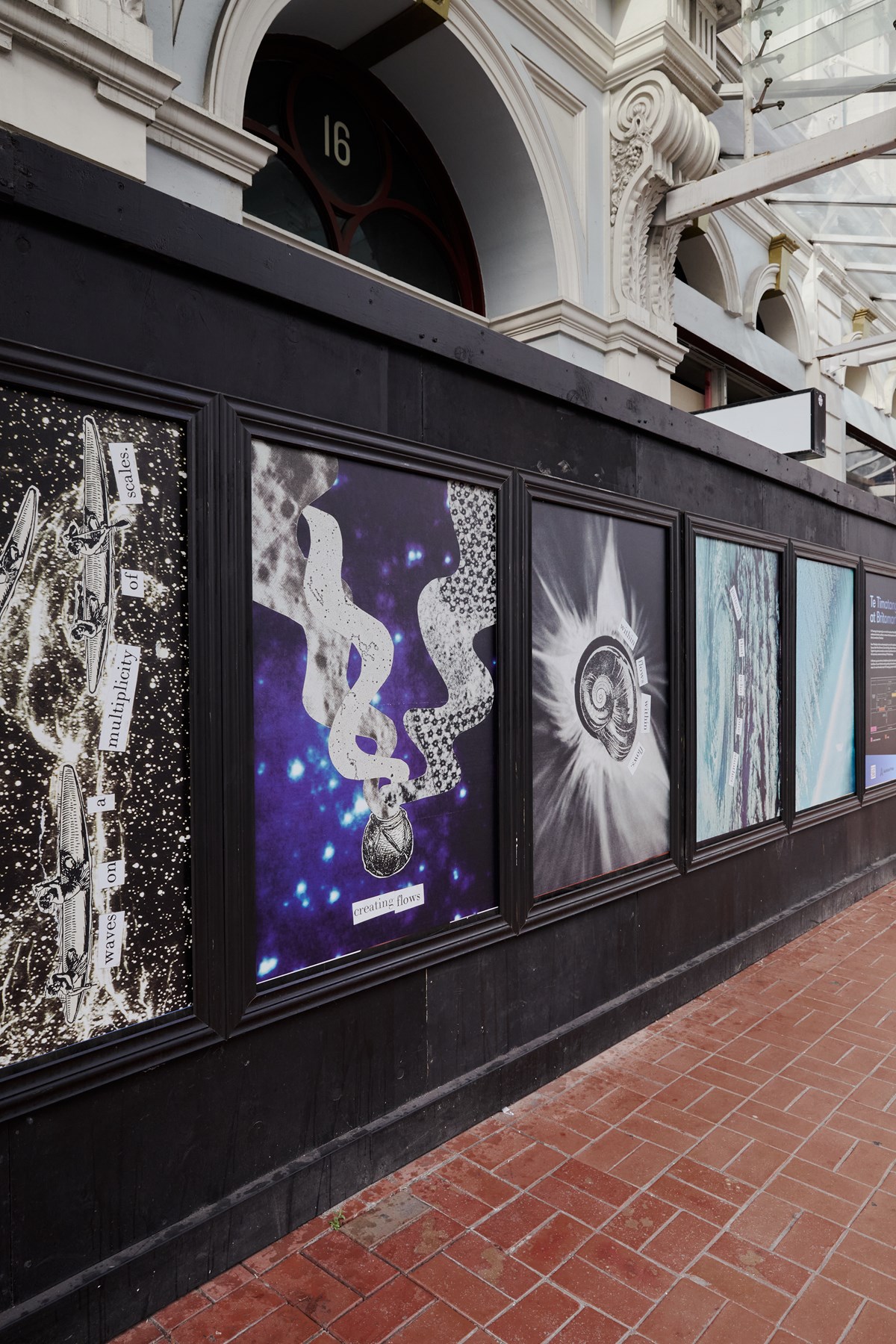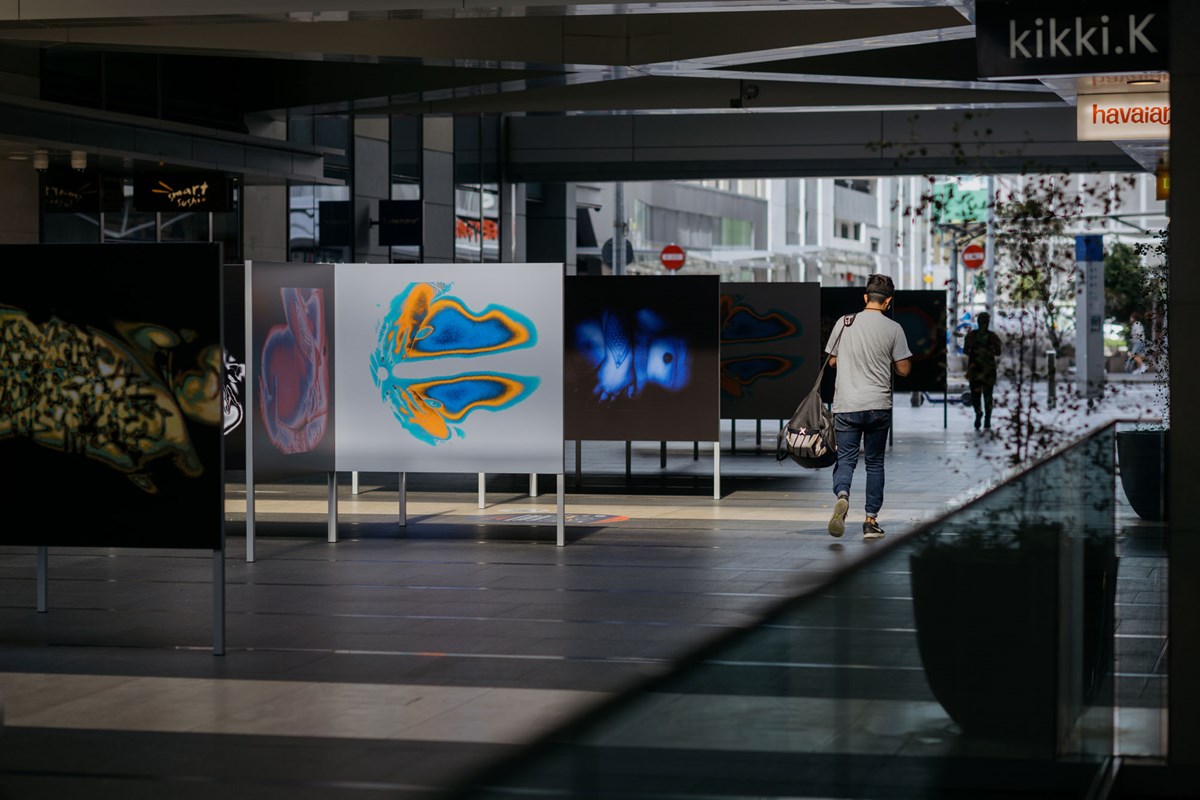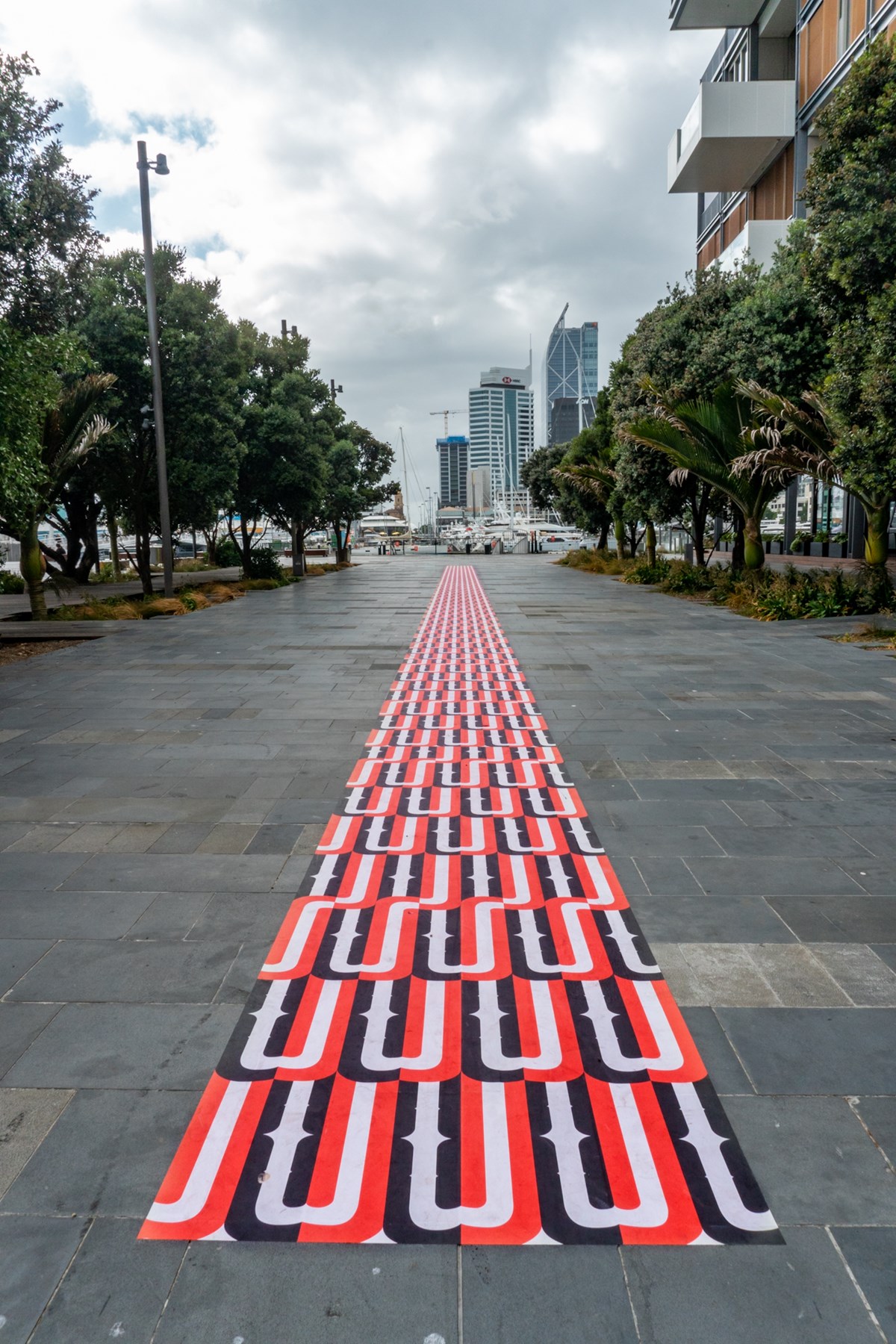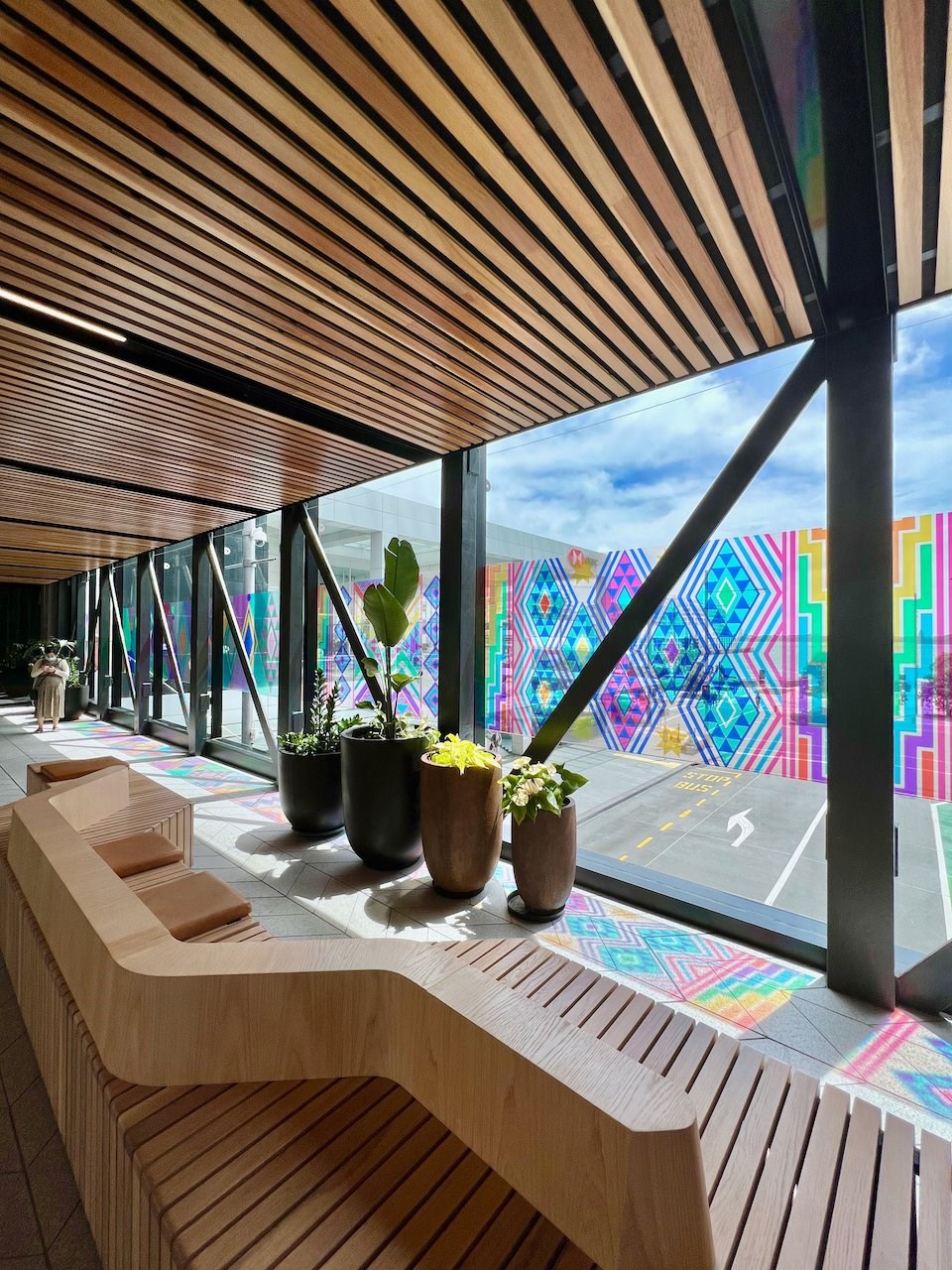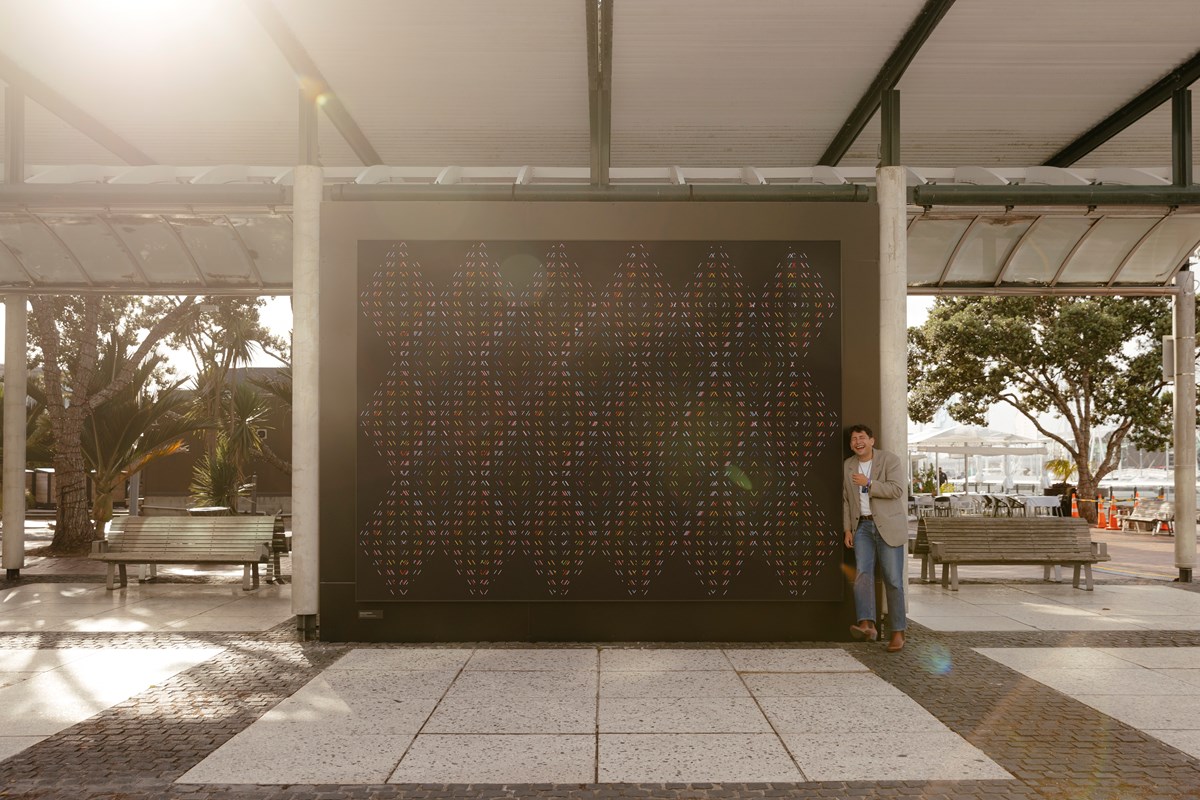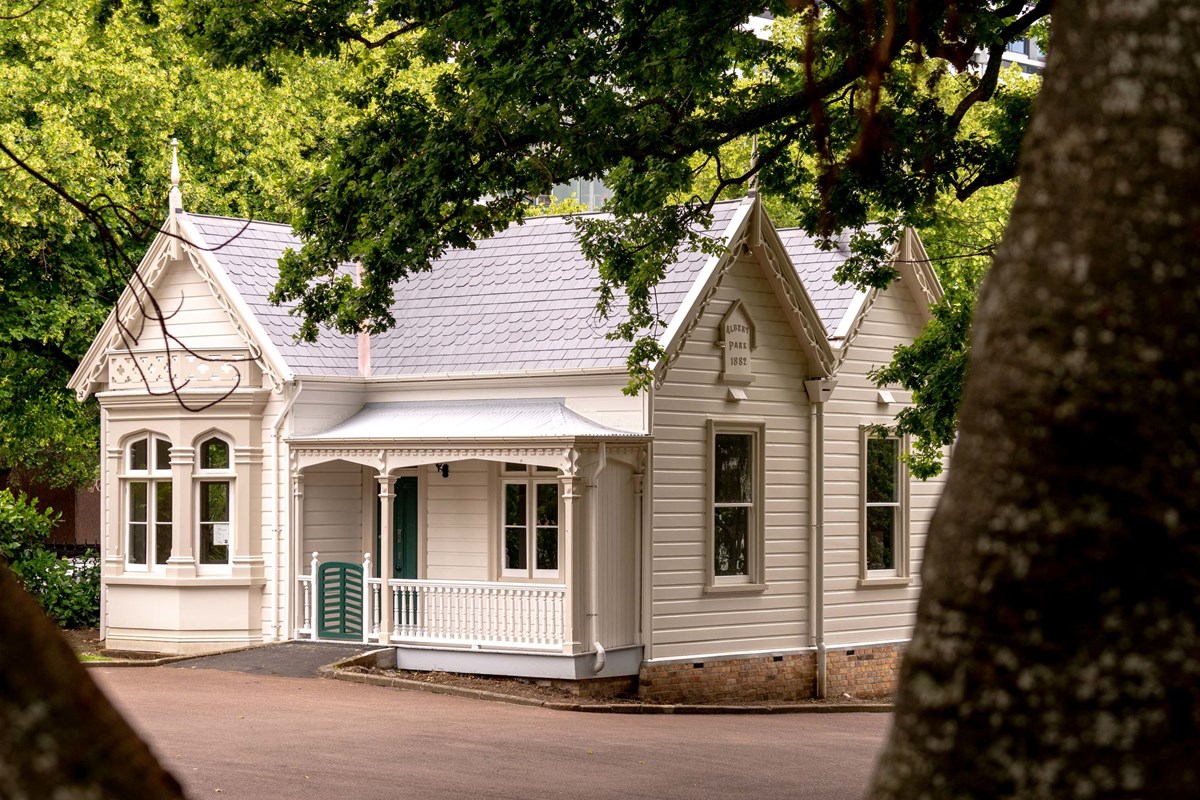Te Pō / When we were erased we came back here
Te Pō / When we were erased we came back here
Te Pō / When we were erased we came back here
Te Pō / When we were erased we came back here
Te Pō / When we were erased we came back here
Te Pō / When we were erased we came back here
Te Pō / When we were erased we came back here
Te Pō / When we were erased we came back here
Te Pō / When we were erased we came back here
Te Pō / When we were erased we came back here
Te Pō / When we were erased we came back here
Britomart
Galway Street
“This work [which includes the poem above along Galway Street] responds to the concept of te pō, as it sits within the wider whakapapa of our world’s origin, and the ways this whakapapa is being used as a pou for this kaupapa. As takatāpui we generally have no reference sources and kōrero tuku iho to be able to understand how our takatāpui tīpuna lived. As such, reinvention, recreation, the following of intuition becomes the space that we must inhabit to find ourselves. Te pō, to me, seems to offer a safe dark space, a void of endless potential. There, amongst ourselves, and with all those who have come before us, we weave new understandings of how we as takatāpui might inhabit the world. te pō considers the creation of the world through 12 phases of te pō, and how we as takatāpui might create and recreate ourselves in a similar way.”
te pō is visually influenced by the geometric patterns of woven whāriki. The font BackOut is an open-source font created by Frank Adebiaye and Ariel Martín Pérez.
Kahu Kutia's work sits below Lonnie Hutchinson's aluminium panels on Galway Street.
